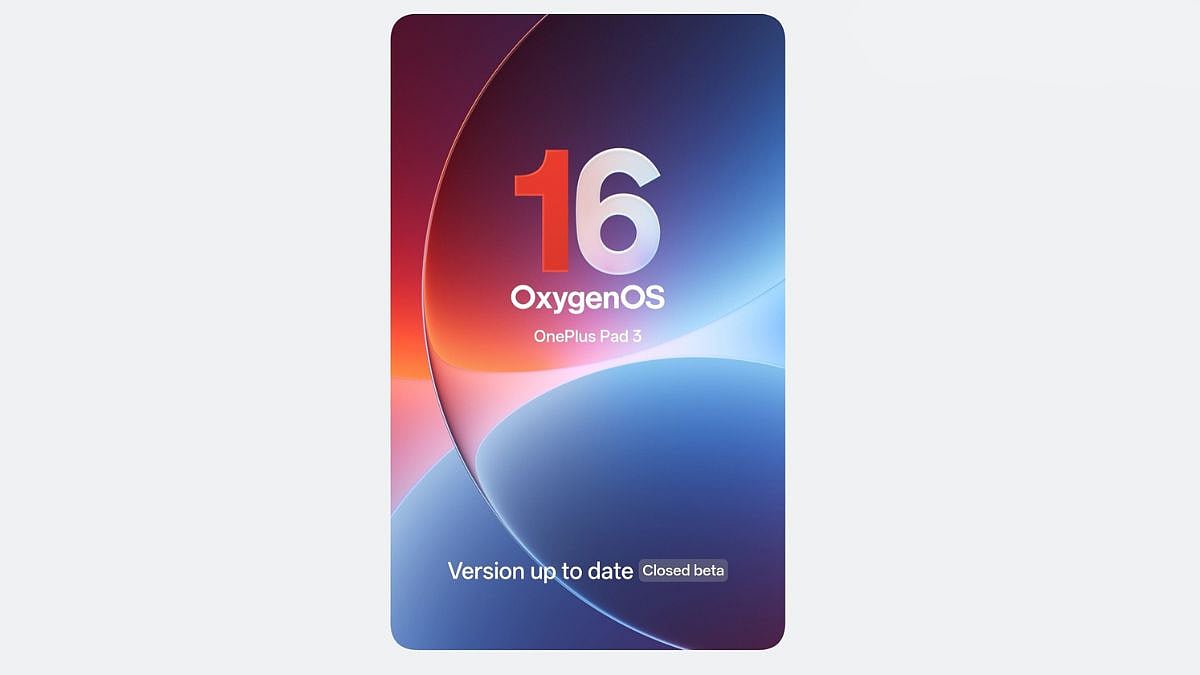Scientists at Kings College, London have identified six different types of coronavirus, which they say is a breakthrough that ‘promises to save lives’, The Telegraph reported on Saturday.
- The experts said that the findings could help those with severe symptoms.
- Notably, people infected by the six viruses displayed a continuous cough, fever, and loss of smell
- Other symptoms headaches, muscle pains, fatigue, diarrhoea, confusion, loss of appetite, shortness of breath and more. “The progression and outcomes also vary significantly between people, ranging from mild flu-like symptoms or a simple rash to severe or fatal disease,” the scientists said.
- Patients had recorded their symptoms COVID Symptom Study app that was developed by the college. The team then used a machine-learning algorithm to analyse the data of around 1,600 people who had logged in their symptoms by using the app
According to data published in the paper, the six clusters are as follows
(‘flu-like’ with no fever): Headache, loss of smell, muscle pains, cough, sore throat, chest pain, no fever.
(‘flu-like’ with fever): Headache, loss of smell, cough, sore throat, hoarseness, fever, loss of appetite.
(gastrointestinal): Headache, loss of smell, loss of appetite, diarrhoea, sore throat, chest pain, no cough.
(severe level one, fatigue): Headache, loss of smell, cough, fever, hoarseness, chest pain, fatigue.
(severe level two, confusion): Headache, loss of smell, loss of appetite, cough, fever, hoarseness, sore throat, chest pain, fatigue, confusion, muscle pain.
(severe level three, abdominal and respiratory): Headache, loss of smell, loss of appetite, cough, fever, hoarseness, sore throat, chest pain, fatigue, confusion, muscle pain, shortness of breath, diarrhoea, abdominal pain.
- Furthermore, scientists discovered that 1.5 per cent of the people in cluster 1 needed oxygen support, Cluster 2 and 3 required 4.4 per cent and 3.3 per cent oxygen support respectively.
- Those who fell in clusters 4, 5, and 6 tended to be older, frailer, overweight, and having a pre-existing condition. When it came to oxygen requirement, 8.6 per cent of cluster 4 required oxygen, 9.9 per cent of cluster 5 required oxygen, and 19.8 per cent of cluster 6 required oxygen
- They discovered that only 1.5% of people with cluster 1, 4.4% of people with cluster 2 and 3.3% of people with cluster 3 COVID-19 required breathing support. These figures were 8.6%, 9.9% and 19.8% for clusters 4,5 and 6 respectively. Furthermore, nearly half of the patients in cluster 6 ended up in hospital, compared with just 16% of those in cluster 1.
- Half of the patients in cluster 6 ended up in hospital, compared with just 16 per cent of those in cluster 1.










